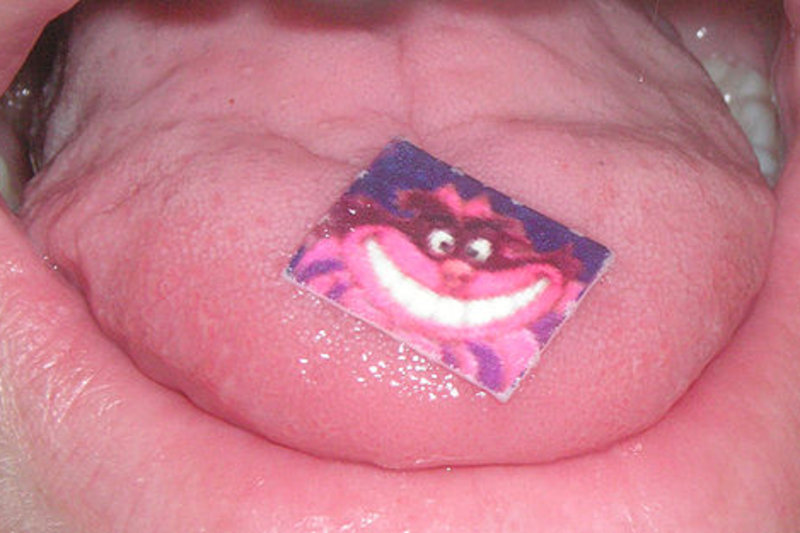Acid test: LSD used as drug therapy for the first time in 40 years

(Psychonaught)
Swiss scientists broke a four-decade-long informal ban on LSD research yesterday when they announced the results of a study in which cancer patients received the drug to curb their anxiety about death.
The study, which was published in the Journal of Nervous and Mental Disease, looked at the safety and efficacy of LSD when used in combination with talk therapy. The researchers used the semisynthetic psychedelic drug to facilitate discussions about the cancer patients' fears of dying. The patients who took LSD, most of whom were terminally ill, experienced 10-hour-long supervised "trips." One patient described the trips to The New York Times as a "mystical experience," where "the major part was pure distress at all the memories I had successfully forgotten for decades."
These periods of distress are regarded as therapeutically valuable because they allow patients to address their memories and the emotions they evoke. The patients underwent 30 such trips over the course of two months.
A year after the sessions ceased, the patients who had received a full dose of LSD — 200 micrograms — experienced a 20 percent improvement in their anxiety levels. That was not the case for the group who received a lower dose, however, as their anxiety symptoms actually increased. They were later allowed to try the full dose after the trial had ended.
"WE WANT TO BREAK THESE SUBSTANCES OUT OF THE MOLD OF THE COUNTERCULTURE."
Because of the small number of study participants, the researchers are reluctant to make any conclusive statements about the LSD treatment's effectiveness. Indeed, the results were not statistically significant. But the fact that the study took place at all bodes well for psychedelic drug research, as the drug caused no serious side effects. Rick Doblin, executive director of the Multidisciplinary Association for Psychedelic Studies, a foundation that has funded many of these studies, thinks that revisiting LSD-based treatments is worthwhile. "We want to break these substances out of the mold of the counterculture," Doblin told The New York Times, "and bring them back to the lab as part of a psychedelic renaissance."















